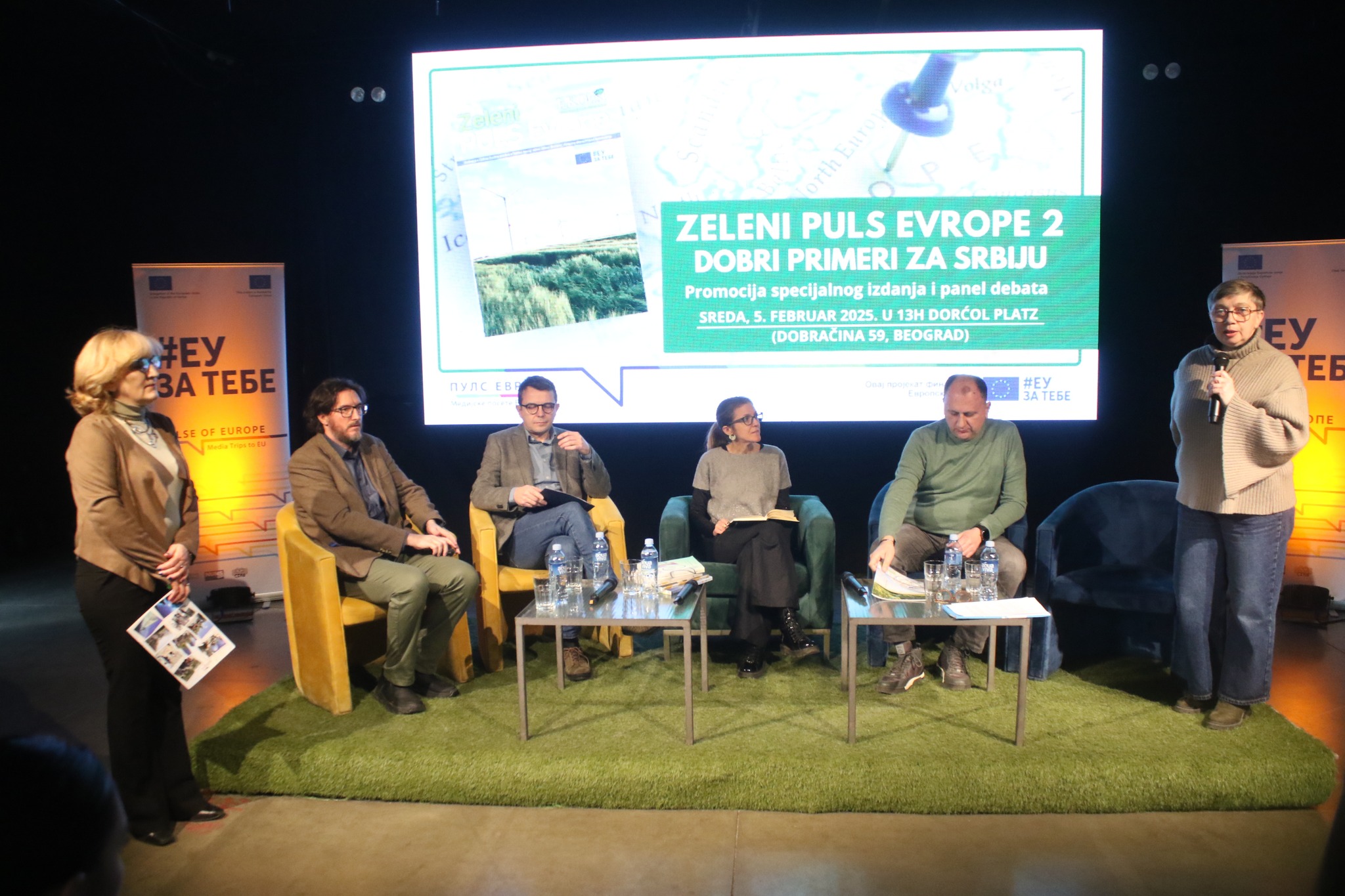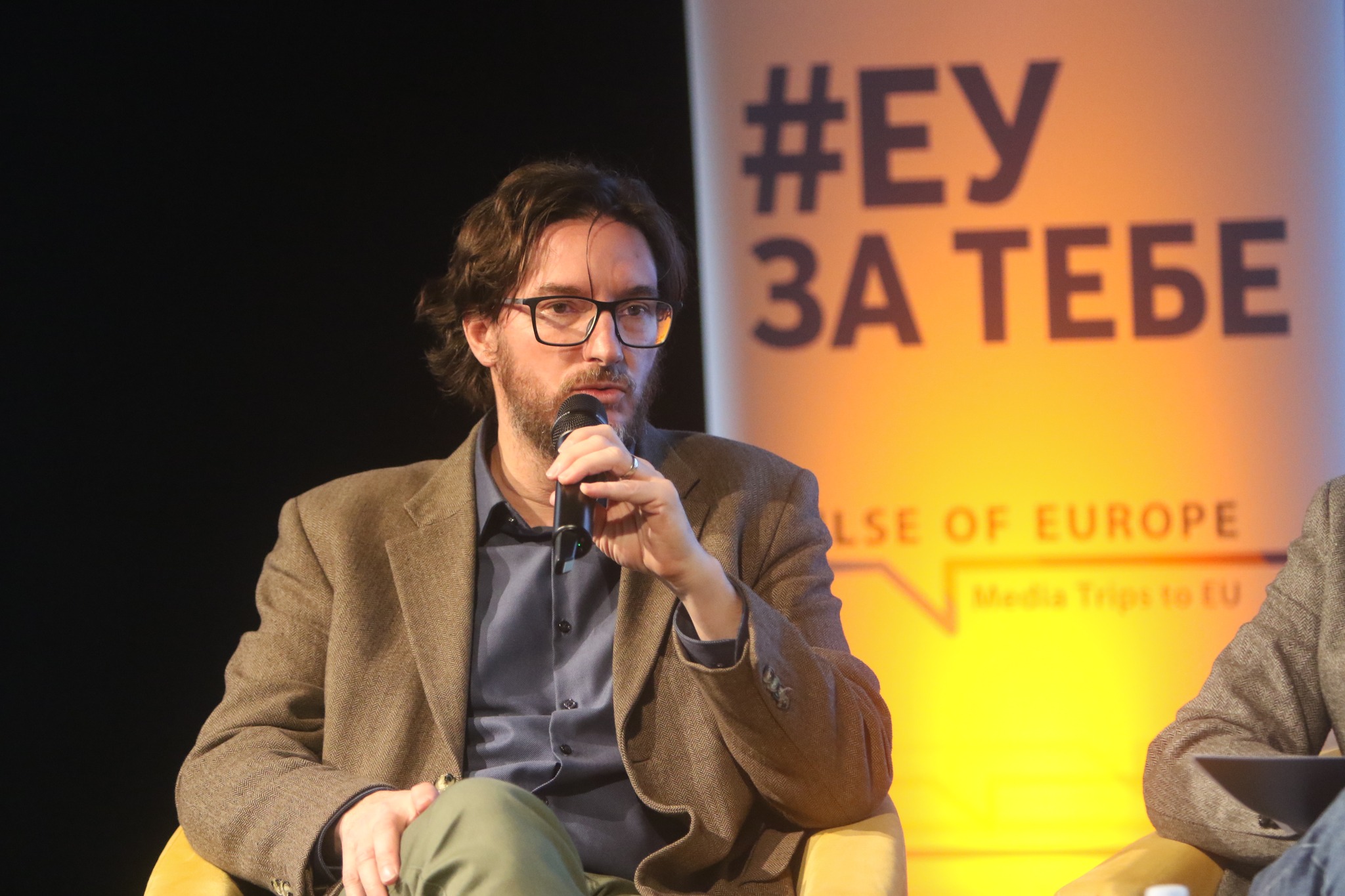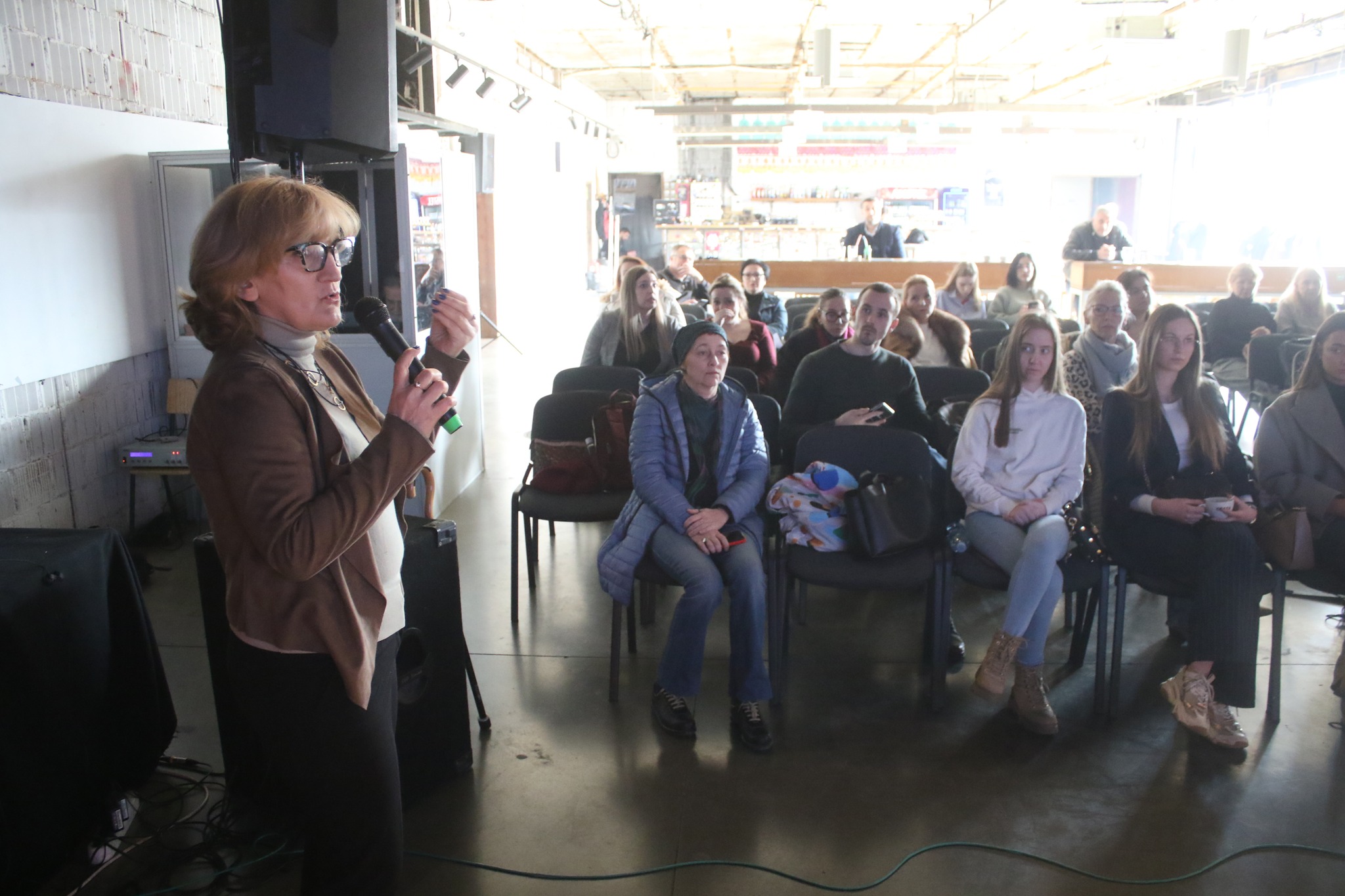The Green Pulse of Europe No. 2 - good examples for Serbia
Today in Belgrade, the publication "The Green Pulse of Europe No. 2" was presented. It was created through the collaboration between the Pulse of Europe project and Ekolist magazine, and features original articles by Serbian journalists about the best examples of environmental protection in European countries.
The publication – a special edition of Ekolist magazine – contains articles by journalists who, through the media trips programme organised by the Pulse of Europe project, explored environmental protection policies and practices, as well as efforts to combat climate change in those countries across 12 EU member states. During the visits, they had the opportunity to learn about achievements, challenges, and solutions in the fields of circular economy, renewable energy, energy efficiency, biodiversity conservation and greening, sustainable agriculture, and the preservation of natural resources.
The introductory article in "The Green Pulse of Europe No. 2" was written by the Head of the EU Delegation to Serbia, Ambassador Emanuele Giaufret.
Marina Rakić, project leader of "Pulse of Europe," stated that the new issue differs from the first one by the fact that it includes good examples of environmental protection from Serbia, as well as projects supported by EU financial assistance. Rakić noted that in the four years of the project's duration, the largest number of articles—about one-third—created after media trips focused specifically on green topics.
Antoine Avignon, Programme Manager for Environment and Climate Change at the EU Delegation to Serbia, said during a panel discussion that the EU has invested over in Serbia in this field over the past 10 years. He emphasised that the Union is not only investing money, but also technical expertise, time, and energy, and is investing in people, policies, and legislation.
“The EU has invested a lot and continues to do so, but it’s not enough. We’re not where we should be,” said Avignon, adding that while time is needed, the process must also be accelerated.
He noted that the state of the environment in Serbia is partly the result of years of underinvestment, and stressed that political will and investment are needed, but that change is not impossible. The biggest problems, in his view, are the lack of long-term planning, insufficient public demand for change, and a general perception among people that they cannot make a difference.
Avignon added that the EU has launched new projects focused on climate action, the circular economy, and bio-waste. Žarko Vukomanović, representative of the EU4Green project, said it is a regional initiative in the Western Balkans aimed at implementing the principles of the Green Agenda. Meanwhile, Milena Antić presented the work of the Coalition 27, which monitors Serbia’s progress in negotiating chapter 27 (Environment and Climate Change).






